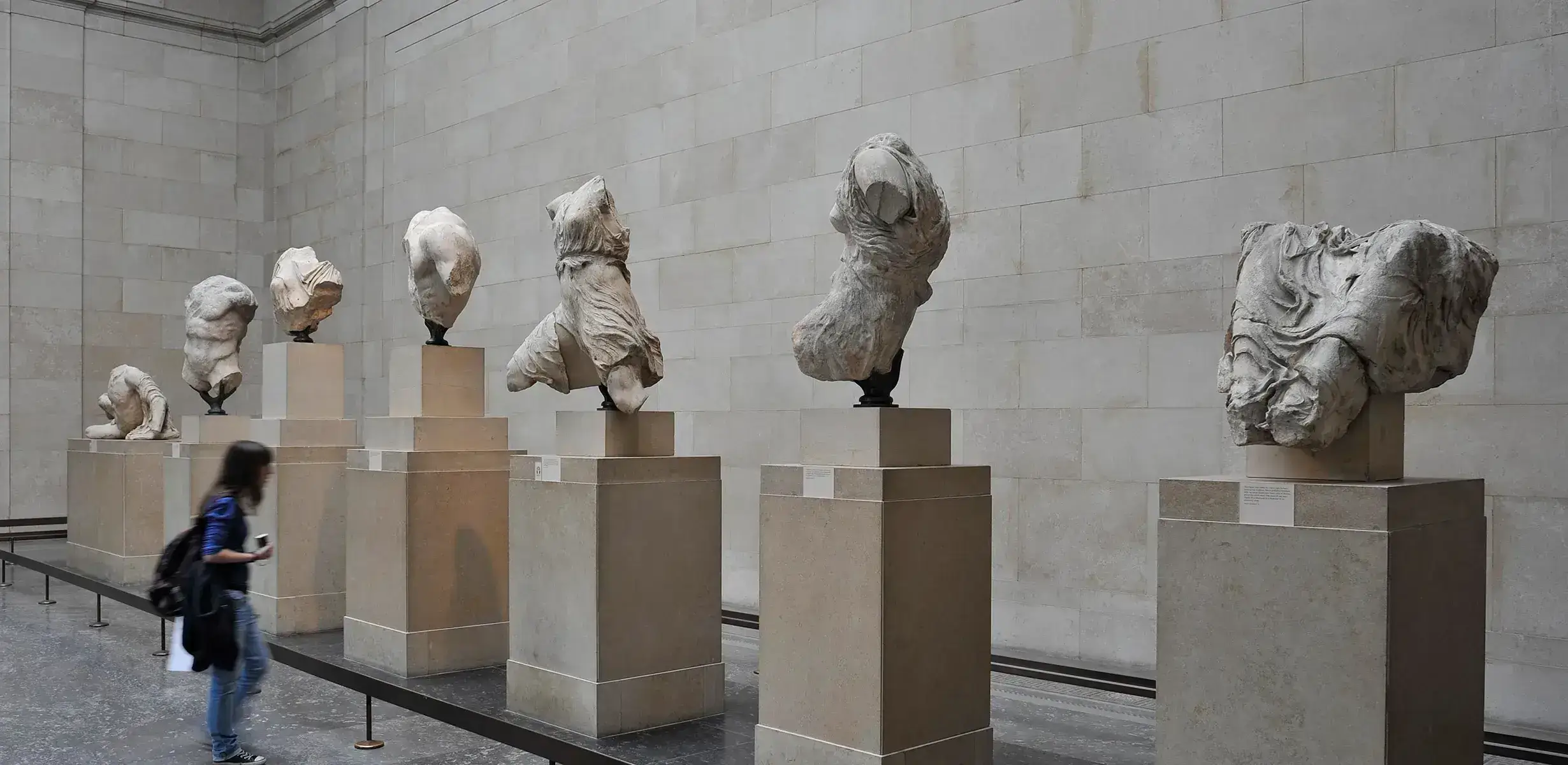Startup Arkive plans to decentralize museums using Web3 technology.
This concept is at the heart of many DAOs, which pool resources and decision-making authority among their members. However, Arkive offers a different approach. To participate in the project, the participant does not contribute any funds, the works that he collects are intended for temporary use by cultural institutions, and the objects that Arkive acquires are not only digital.
One of the curators of the project is Kelly Huang, former director of Gagosian San Francisco. Together with McLeod, she developed this concept, where the museum would not be constrained by natural restrictions: physical location, hierarchy, and other needs. The original idea has grown to the point where ordinary people decide what is culturally significant.
At the moment, Arkive has about a hundred members, but in the latest funding round, the startup managed to raise $9.7 million. Recently, Arkive has also acquired works such as Lynn Hershman Leeson’s Seduction (1985), Pat Gorman’s MTV Moonman prototype (1984), the patent for the world’s first electronic computer, and Aria Dean’s Praise of the Black Mass (2017).
The process by which Aria Dean’s work was bought reflects the way museums acquire works of art. Usually, curators of institutions are asked to convince the board of directors to shell out money for works of art. At Arkive, a curatorial team is working to convince board members (i.e. regular people) of a potential purchase.
On a private Discord channel, members spend time chatting about the art, history, artwork that Arkive should buy, and ideas for what Arkive could be in the future. However, the right to vote must be earned.
The more members contribute, the more points they earn. These points are converted into tokens that can be used for voting.




